Last month talked about what eLearning is, the different forms of eLearning, and how it’s distributed and consumed. Now let’s talk about how it might benefit you.
It’s self-directed.
Adult learners want to have more control over their learning. In fact, self-directed learning is considered a principle of adult learning theory. Malcolm Knowles described self‑directed learning as “a process in which individuals take the initiative without the help of others in diagnosing their learning needs, formulating goals, identifying human and material resources, and evaluating learning outcomes”.
For our students, self-direction is not just a benefit to our programs – it’s a requirement. Learners are given a timeframe to complete their studies with assignment final exams. How and when they accomplish the rest of their studies is up to them. While our faculty and staff are always available to help guide our students, each student is ultimately responsible for his or her own success.
It’s there when you need it.
People tend to learn well when there’s a need to learn – usually when they encounter a knowledge or skills gap that prevents them from achieving a goal: “I need to know something new to be successful.” This is known as “just-in-time” learning and eLearning helps to facilitate this rapid-fire skill development. It gives students knowledge at their fingertips that is accessible at the very moment of need.
For our students, there’s often a need for on-the-job skill development. Students enrolled in our programs have 24/7 access to their course materials through our CHA Learning Gateway. Should they encounter a task or concept they’re unfamiliar with, the answer is only a few clicks away. CHA Learning students have the option to connect with their faculty support via the Learning Gateway for extra support.
It’s available anytime, anywhere.
If you have access to a device (computer, tablet, mobile) and the internet, there’s a good chance you have access to eLearning. eLearning enables instructors to distribute materials easily and effectively to multiple locations. A student can then access this material whenever and wherever it’s convenient for them.
- Whenever: eLearning can benefit anyone who has other obligations beyond their studies – and we all have competing demands on our time, right? Most of our students are employed part- or full-time while enrolled. Offering our programs entirely online gives our students the chance to manage their work – and personal – schedule while still working towards their certificates. Additionally, as several of our programs are designed to be self-paced, learners can complete their studies in an overall duration that best suits them.
- Wherever: At CHA Learning, we have students engaged with our programs from all parts of Canada, places that don’t have airports or colleges, from the largest cities in Canada, and even from all around the world, including Aruba, India, and Nigeria just to name a few.
It saves time and money.
With eLearning, there’s no cost associated with getting instructors and students to the same place. It also allows students to manage their time so they can still attend their jobs while enrolled in full- or part-time studies. There’s no need to rent a space to deliver the material, and there’s no time lost to travel in order to get to a class or training session.
It benefits all kinds of learning styles.
In recent years, eLearning has moved away from online textbooks and towards a more interactive, multi-media platform. As part of their studies, students can read an article, listen to a presentation, attend a webinar, contribute to a discussion forum and much more.
This multi-media approach speaks to all types of students. Whether a student self-identifies as a visual, auditory, reading/writing or kinesthetic learner, eLearning has an approach that suits their learning needs.
But remember…
Ultimately, eLearning is a medium for educational delivery, just like print or face-to-face. What truly matters is how the learning is designed – the learning strategies, the relevance of the subject matter, whether it’s guided discovery or self-exploration. The medium is important, but the method is still king.
Still, as a medium, eLearning is currently being used to shape the method, the message, and the future of lifelong learning online.
What comes next?
Next month’s topic is The Challenges of eLearning. We know the benefits of eLearning, but what are some of the risks? And what can you do to mitigate them?
Tell us…
How has eLearning benefited you? Send us an email, connect with us on Facebook, or tell us about it on Twitter @CHA_Learning. You might see your idea in a future post!
Sources
Knowles, M. S. (1993). Self-Directed Learning: A Guide for Learners and Teachers (p. 18). Charlwood, Surrey: Granary.
Manning, G. (n.d.). Self-Directed Learning: A Key Component of Adult Learning Theory. Retrieved October 27, 2017, from https://www.bpastudies.org/bpastudies/article/view/38/78
Pappas, C. (2016, October 27). 8 Best Practices For Just-In-Time Online Training. Retrieved October 27, 2017, from https://elearningindustry.com/best-practices-just-in-time-online-training





